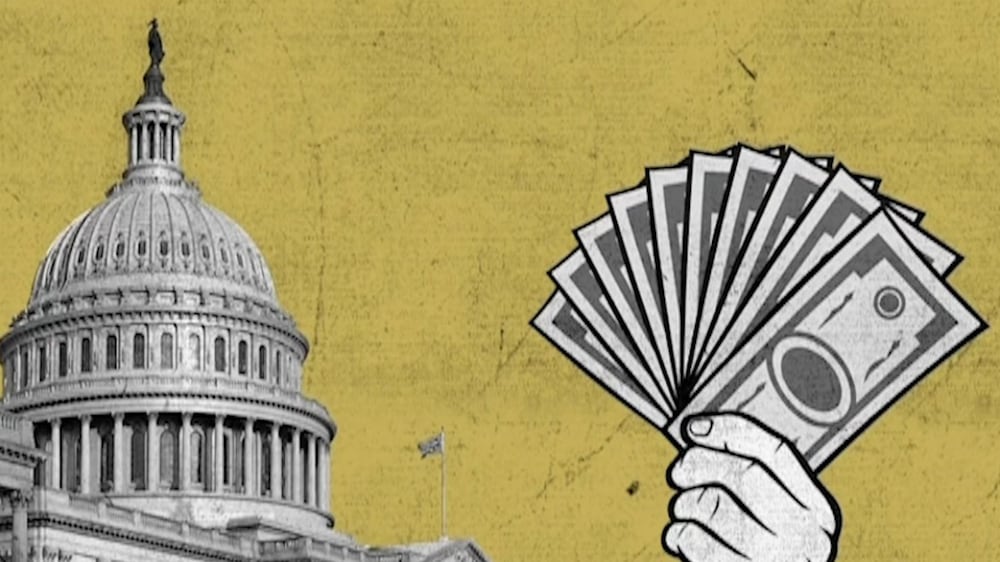The US defaulting on its debt could seriously affect energy markets but the chances of that happening are “exceedingly low”, the president of S&P Global Commodity Insights has said.
“I think markets generally believe at this point that at the last minute either a deal will get worked out or the administration will find technical ways to get around the congressional approval they need to be able to service the debt,” Saugata Saha told The National in an interview on Tuesday.
America is less than two weeks away from a potential default on its debt, an outcome that would adversely hit American consumers and send shock waves across the entire global financial system.
US President Joe Biden and Republican House Leader Kevin McCarthy are currently locked in negotiations on how to raise the debt limit — the maximum amount of debt the Treasury Department can borrow to fulfil its financial commitments.
What is the US debt ceiling?

A default would take currency markets to places “the world’s not seen before” and that in turn would affect energy prices and trading as most of the crude oil is exchanged using the US dollar, Mr Saha said.
“It will likely lead to severe recessions, which again will have an impact on energy consumption and demand.”
A stronger dollar makes dollar-denominated oil more expensive for holders of other currencies.
The US Dollar Index — a measure of its value against a weighted basket of major currencies — has gained nearly 1 per cent over the past five days amid rising economic uncertainty.
The global oil market also faces rising uncertainty from potential actions by the Group of Seven countries to further enforce price caps on Russian energy exports.
Last year, the EU and the G7 agreed to place a price cap of $60 a barrel on global purchases of seaborne Russian crude. This was followed by caps on Russian petroleum exports in February.
The policy aims have likely been achieved but looking ahead it is unclear where some of the policy talks will lead to, Mr Saha said.
“One thing that is quite clear is that the markets remain quite resilient and demand-supply balance right now looks a lot better than it was a year ago,” he said.
“The global economy is still humming [and] prices have not gone crazy, so in general, I'd say both policymakers and markets have managed these transitions quite well.”
Business Extra in Davos: Energy in crisis and transition

After surging to nearly $140 a barrel last year, Brent, the benchmark for two thirds of the world's oil, is currently trading below $80 a barrel — a level deemed comfortable for most oil-buying nations.
S&P Global expects oil prices to stay in the “mid-to-high 80s” for the remainder of this year into next, Mr Saha said.
S&P is also “bullish” on prices in the short to medium term as limited spare production capacity in the market makes crude price rises more likely, Mr Saha said.
While the global economy is expected to be “fairly healthy” in the short term, there could be some surprises in the form of slowing interest rises and geopolitical factors, he said.
“The unwinding of the current monetary policy could tip the world into a deep recession … that is a possibility.”






